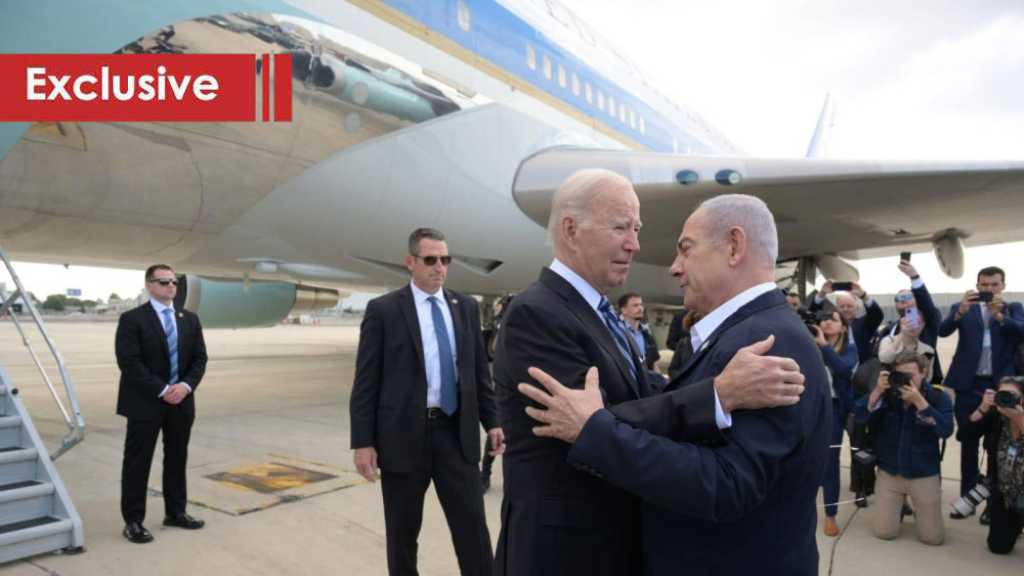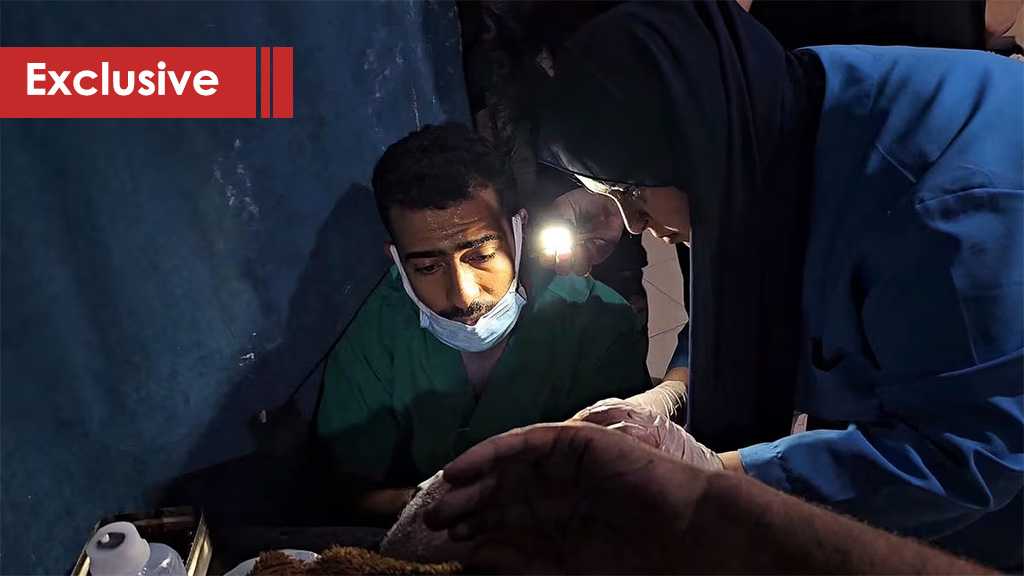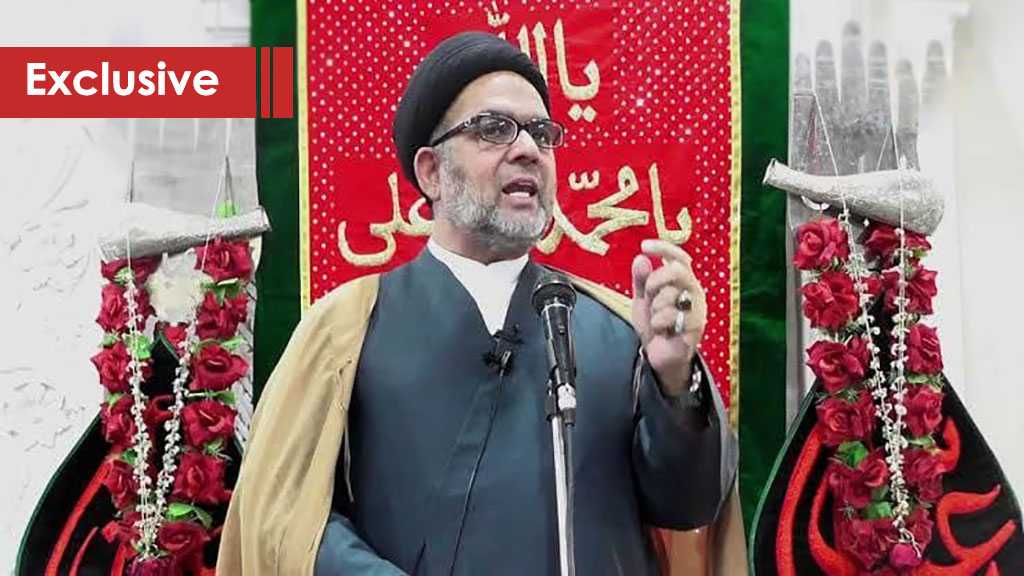
The Ukraine Battlefield & The Age of Honesty

By Darko Lazar
As 2022 drew to a close, former German chancellor Angela Merkel openly admitted that the West had been preparing Kiev for a war with Russia for the better part of a decade.
In her December interview with Zeit magazine, Merkel revealed that ceasefire agreements brokered with Russian President Vladimir Putin in the Belarusian capital Minsk in 2014 and 2015 were intended to "give Ukraine time" to build up its military capabilities.
It is not outrageous to suggest that Germany was being prepared for that same war for far longer than Kiev. There is a dose of irony in the fact that Berlin relied on cheap Russian oil and gas for decades while building up Europe’s industrial and economic powerhouse, and is now using that very infrastructure to facilitate the return of German tanks to Russia’s western frontier.
This isn’t the first time in history that Moscow helped empower political forces in Berlin that are fiercely committed to Russia’s annihilation. Following the conclusion of World War I and the signing of the Treaty of Versailles, the humiliated German army turned to the USSR for help.
The close military and technical cooperation that followed paved the way for the rise of Adolf Hitler’s Wehrmacht that went on to kill more than 26 million Russians during World War II.
But there is no need for a history lesson when trying to capture the political sentiments of modern-day German politicians. We are fortunate enough to be living in an era of extraordinary honesty. In addition to Merkel’s confession, the German Foreign Minister, Annalena Baerbock, recently told a meeting of the Council of Europe: "We are fighting a war against Russia.”
Of course, for those that cared to look, the truth was always out there. By the Pentagon’s own admission, the US has committed $32 billion in military hardware to the Ukraine meat grinder. The UK is the second largest arms supplier to Kiev with a commitment of $4.4 billion, while Germany comes in third at $2.49 billion.
Ukraine is also being showered with tens of billions of dollars in financial and military assistance from other Western governments, while NATO makes no secret of its ultimate strategic objective – Russia’s defeat on the battlefield.
Other defining characteristics of the conflict in Ukraine include the near-daily television appearances by the country’s President Vladimir Zelensky and his tight t-shirts.
Reminiscent of Big Brother, Zelensky tells the world what he needs – and the world does it. Naturally, this is causing a growing sense of anxiety amongst rational people, who fear that the Ukrainian president will eventually ‘request’ nuclear weapons from his Western backers.
In response, the Kremlin has been very frank about the existential threats facing the Russian Federation, warning that a defeat in Ukraine equates to the possible destruction of Russia.
The high stakes recently prompted the head of the Russian Orthodox Church, Patriarch Kirill, to plead for reason among Western political elites, insisting that “any desire to destroy Russia will mean the end of the world.”
Meanwhile, Russia’s President Vladimir Putin chose the Holocaust Remembrance Day to issue one of his more recent warnings.
“Forgetting the lessons of history leads to the repetition of terrible tragedies,” Putin said in a statement in January. That same month, the Deputy head of the Russian Security Council, Dmitry Medvedev, said that his country was fighting a "new Patriotic War".
So do all these statements appropriately highlight the unprecedented dangers facing mankind, and do they lay bare the diabolical Western plots being hatched against every sovereign actor on the planet? They most certainly do.
Yes, it’s true that NATO is at war with Russia. Yes, it’s true that the Americans are building up their military infrastructure and nuclear arsenal in the Far East in preparation for a war with China. Yes, it’s true that Israel and the US are attacking Iranian military facilities. And yes, it’s true that the West employs everything from its destructive sanctions machine to global terror networks against any state or group that chooses resistance over subjugation.
The Battlefield: One Year On
The Russians kicked off the first stage of their military operation in Ukraine with a strategic surprise. They carried out deep penetrations along a frontline stretching for some 3,000 km across Ukrainian territory.
Relying on tactical operations and high-precision missiles, the Russians created conditions for the second stage of the operation, which was preceded by the capture of Mariupol and the blitzkrieg towards Kiev.
After transferring the gravity of the battle to the east [Donbas], the Russians shrunk the frontline to around 1,000 km and the second phase began with an artillery war.
Towards the end of August, Kiev had successfully completed several waves of mobilization and the Russian battle groups became insufficient in number.
The Ukrainians, alongside a sizable NATO contingent, quickly regained the initiative. They broke through the frontlines in the direction of Kharkov before scoring a long list of tactical successes, which created the conditions to transfer a portion of the Ukrainian forces to the southern Kherson zone of operations. Kiev’s counteroffensive then forced the Russians onto the eastern bank of the Oskol River and eventually out of Kherson city.
Moscow responded in late September with a partial mobilization and rocket attacks on critical Ukrainian infrastructure. The frontline shrunk further to around 800 km. The subsequent completion of the delayed mobilization and a pause in offensive operations eventually helped stabilize Russian defenses.
Kiev’s counteroffensive revealed that Ukrainian forces are capable of excellent reconnaissance work, have reliable communications, and enjoy effective cooperation between the different branches of the security apparatus. However, by the end of November Ukraine’s offensive capabilities were seriously undermined.
As things currently stand, both the Ukrainians and Russians have their most capable forces along the northeastern part of the battlefield. The Ukrainian military contingent in the Donbas was expanded significantly in the months leading up to the launch of Russian operations on February 24, 2022. These troops were originally tasked with executing an offensive against Ukraine’s breakaway regions in the east but have since switched to defensive operations.
Ukrainian defenses are deployed along several salients or bulges and Kiev’s ability to maintain control over these areas is crucial for the defense of the whole of Ukraine.
Beyond these defensive lines and all the way up to the Dnieper River, the geography is characterized by steppe grasslands with no major settlements or suitable conditions for successful defensive operations.
Russia’s latest breach of Ukrainian lines came with the capture of Soledar, which opens the door for further advances towards Siversk from the south and Bakhmut from the north. This was the result of a joint effort by the Russian armed forces and the paramilitary Wagner Group.
The number of fighters in Wagner ballooned in a relatively short period of time as the group went on a recruiting spree which extended to convicted felons who are pardoned if they survive six months of assaults on some of the most fortified Ukrainian positions.
Relying on everything from blackmail and prison discipline to fanaticism and a ruthless military hierarchy, Wagner helped pierce the defenses in Soledar after tying up a significant number of Ukrainian units earmarked for offensive operations in Zaporizhia and Luhansk.
For the time being, Russian military operations in the aforementioned areas and other parts of Ukraine are certain to intensify. The current rhythm is synonymous with a transitional period between an operational pause and strategic offensive operations.
Meanwhile, Kiev has no intention of surrendering the Donbas, and NATO is said to be worried about the prospects of massive Ukrainian losses that could lead to a lack of manpower for the arriving weapons shipments.
Currently, there are about 800,000 Ukrainian and 400,000 Russian soldiers on the battlefield. Of those, some 150,000 Russian soldiers are believed to be on the territory of the Russian Federation. The attacker-defender losses favor the Russian side with an estimated 30,000 Russian soldiers taken out of action while the Ukrainian side has around 250,000 military casualties.
Furthermore, some of Ukraine's most potent and best trained units have been liquidated during the last year of fighting and a lot of NATO’s tanks, fighter jets and missiles are unlikely to be operational on the ground until spring.
Some of the key obstacles for the Russian side include the 800 km frontline, with well-fortified Ukrainian/NATO positions. If any future Russian offensive falls short of encircling the enemy along the Donbas bulge, it wouldn’t have any substantial effect. Some experts argue that this objective requires the injection of another 500,000 Russian troops or a second wave of mobilization, which rules out the possibility of an offensive this winter.
Here, it’s important to point out that NATO’s decision to deploy tanks, infantry-fighting vehicles, fighter jets and more advanced missile technology on the Ukrainian battlefield points to preparations for the widening of the conflict and a large-scale war against the Russian Federation.
Russian actions are a response to the growing threat from the West. Among Moscow’s more notable moves in recent weeks is the appointment of Russia’s Chief of the General Staff Valery Gerasimov to oversee the military campaign in Ukraine.
This personnel change is designed to enhance the efficiency of operations by improving communications between different branches of the armed forces and eliminating bureaucratic processes that cause notable problems for the Russians. But more importantly, it’s also meant to reduce the amount of time needed to make decisions on the use of tactical nuclear weapons.
The significance and far-reaching implications of the shifts along the battlefield, as well the political dimensions of public statements by officials on both sides of the conflict, are completely lost on the comatose Western public. Few in the West care to see just how dangerously close their political elites have taken them to the point of no return.



